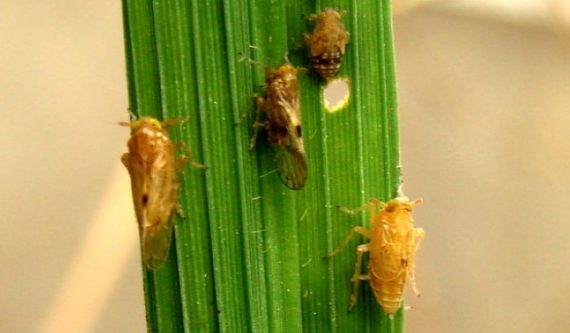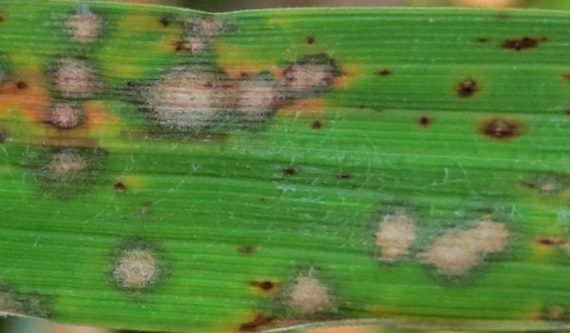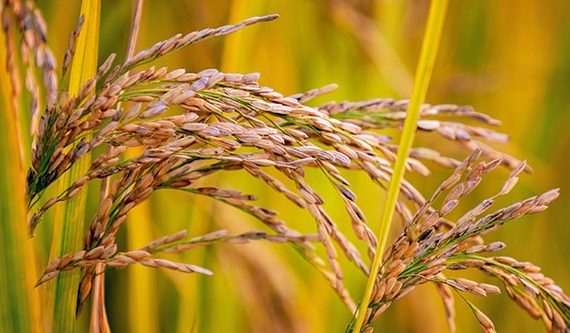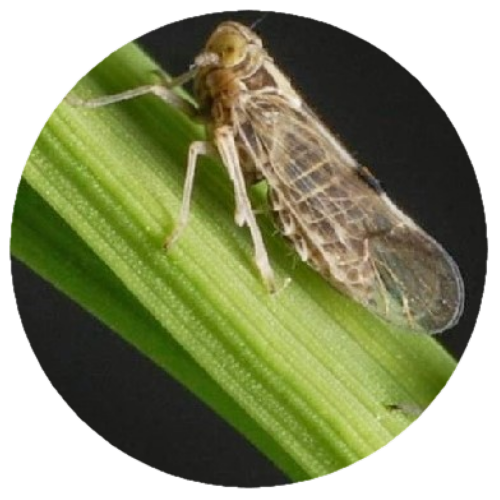
What is the Impact of Brown Planthopper?
The Brown Planthopper is a well-known rice pest. It causes damage to rice plants by sucking cell sap from their leaves, which then turn yellow.
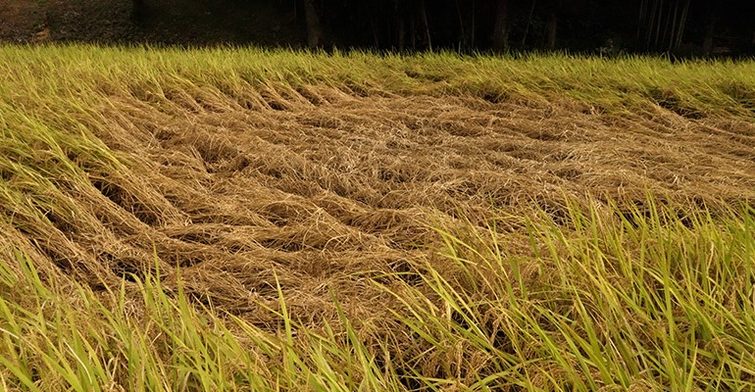
Rice crops dry up, forming a yellow to brownish patch in the field - so-called hopperburn in rice. The brown planthopper thrives under conditions with high humidity, optimum temperature, high levels of nitrogen applications and no wind.
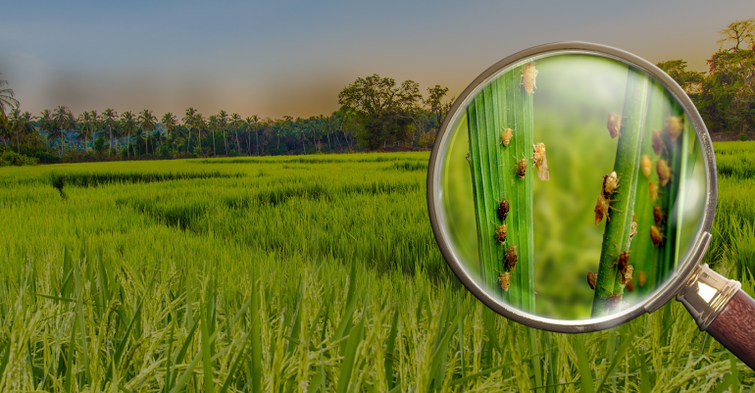
How to Control Brown Planthopper?
Start your rice crop management techniques early: in the sowing stage.One of the control measures of Brown Planthopper is flooding your seedbeds as soon as you notice the pest. However, if flooding is not an option and you've concluded that brown planthoppers outnumber their natural enemies, you should use the insecticide to get rid of them and prevent the damage.
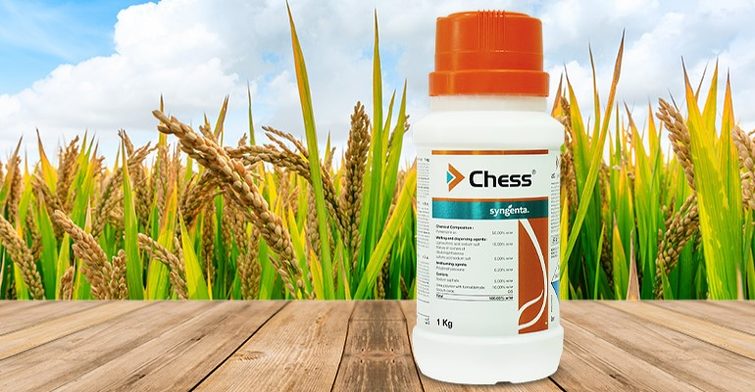
For a Timely Treatment of Brown Planthopper Use Chess
Chess is the most effective insecticide against the brown planthopper. It delivers immediate crop protection through permanent feeding inhibition.It minimize the damage, providing long duration control of brown planthopper, which will generate higher yield.
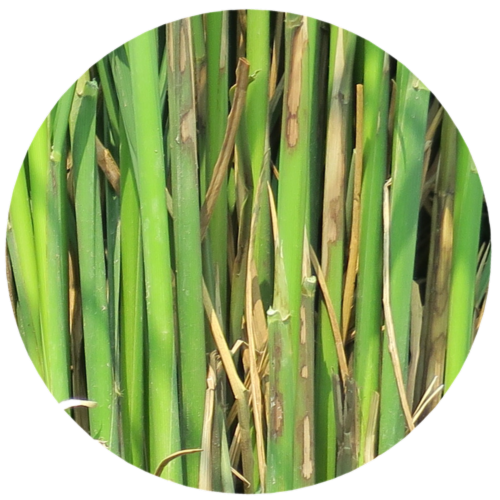
How Sheath Blight Affects Rice Crops?
Sheath Blight it is an important disease because it disrupts the regular plant growth. It impacts flag leaf reducing the photosynthesis capacity of the plant and causing severe damage. Besides yield reduction, infected flag leaf also causes stress that leads to poor pollination.
Sheath Blight can lead to severe losses in rice productivity and grain quality by destroying rice sheath and leaves, with yield reduction by up to 50%.
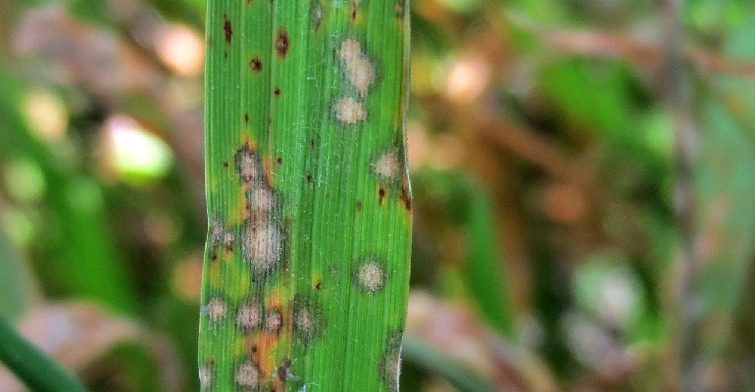
How to Manage Sheath Blight?
Sheath Blight is very difficult to manage and keep under control because of its shorter life cycle of only 21 days. By the time you detect the disease it is already too late to reverse the effect. The key to treatment of the Sheath Blight is PREVENTION, the most important thing is to keep flag leaf healthy.The best approach to preventing the Sheath Blight is to use a reliable fungicide.
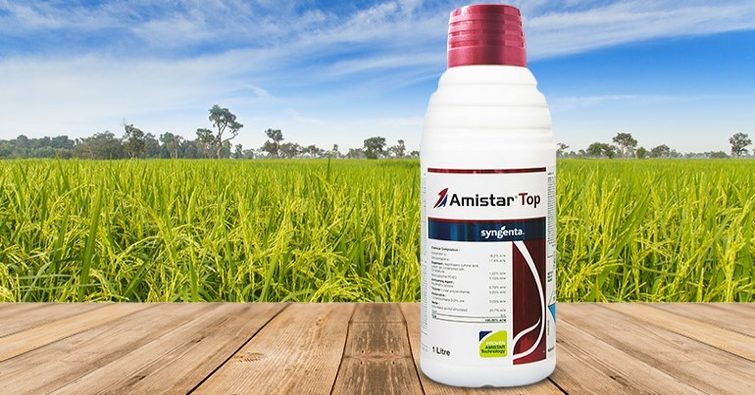
Prevent Sheath Blight with Amistar Top
Amistar Top is specially formulated using the world's best fungicide technology.Amistar Top's biggest benefits: It controls the disease but also delivers 10% more grains per panicle Helps protect the crop for longer
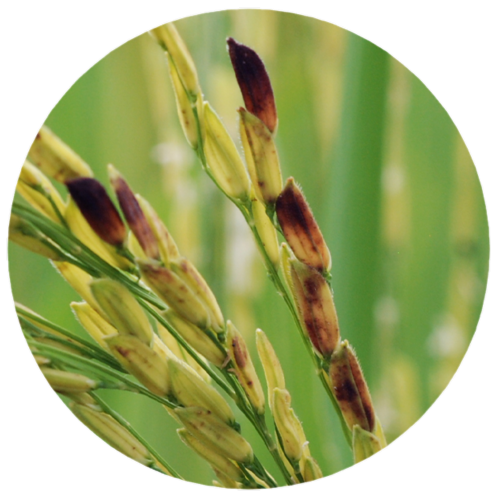
What is the Impact of the Dirty Panicle?
Dirty Panicle usually appears at the late part of the season. The infection causes discoloration of the glumes, kernels or both.
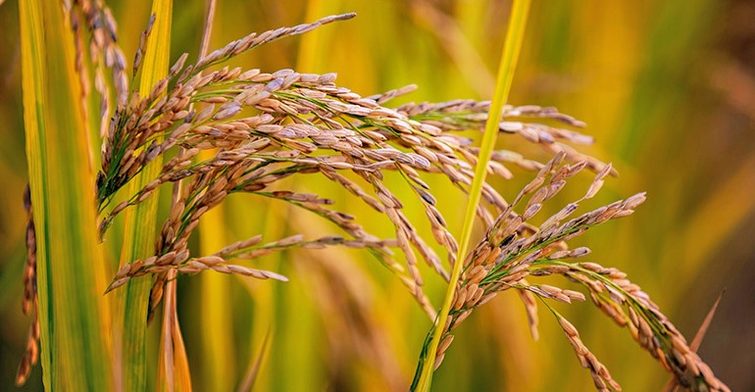
How to Manage Dirty Panicle?
Give more shine to your grain and treat your rice fields at the right time to guarantee a strong finish with high yield and quality shining grains.Grain discoloration can be prevented with the pre- and post-harvest application of an effective fungicide.

Beat the Dirty Panicle and Deliver Grain Shine with Glo-iT
At Syngenta, we have formulated a solution that will deliver grain shine. Glo-iT is a fungicide treatment that ensures your crop is protected against grain discoloration. • Adds new shine of happiness – grain shine you will be proud of
• Gives better grain color and quality
• An exceptional grain shine is easy to sell

